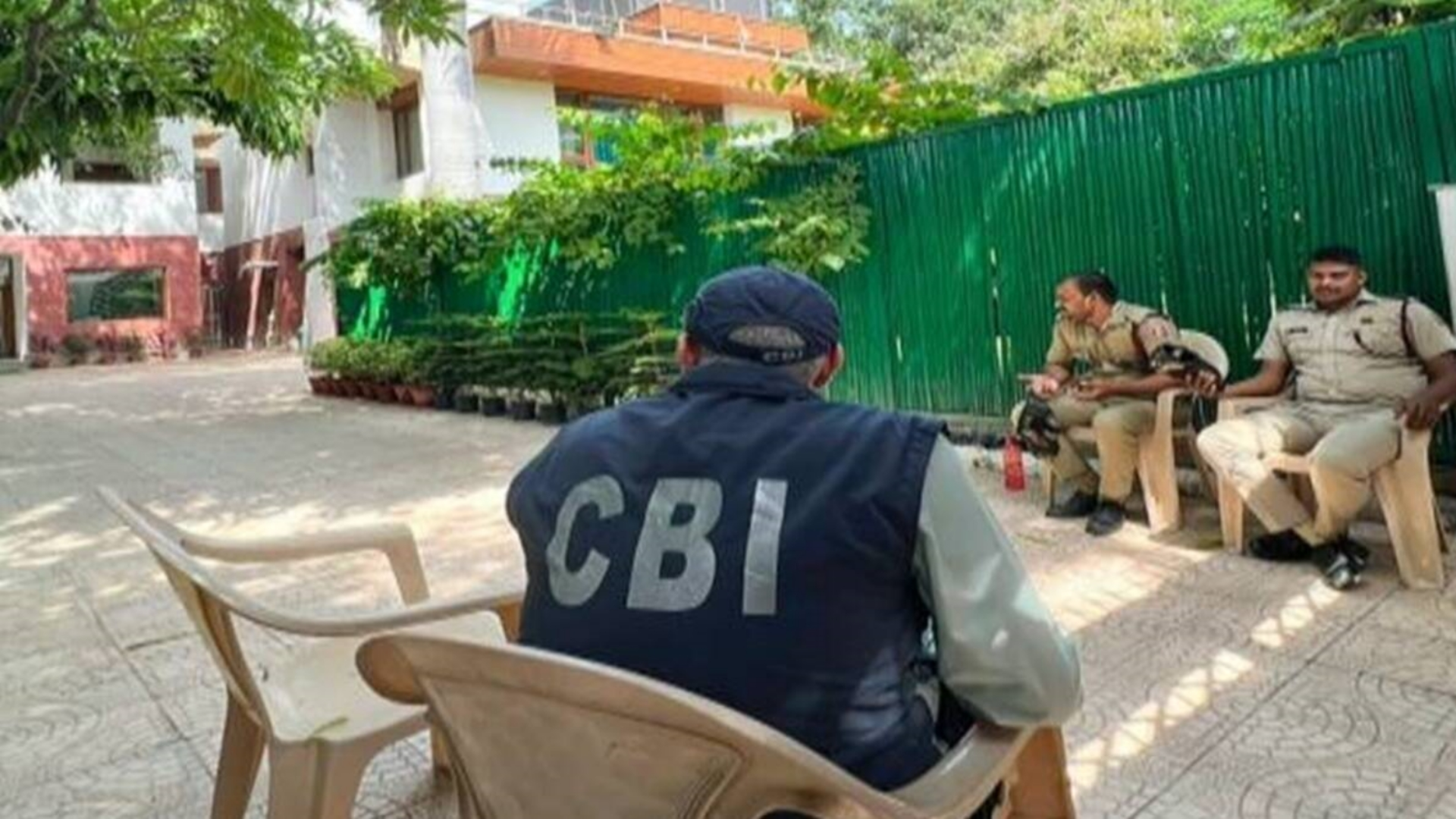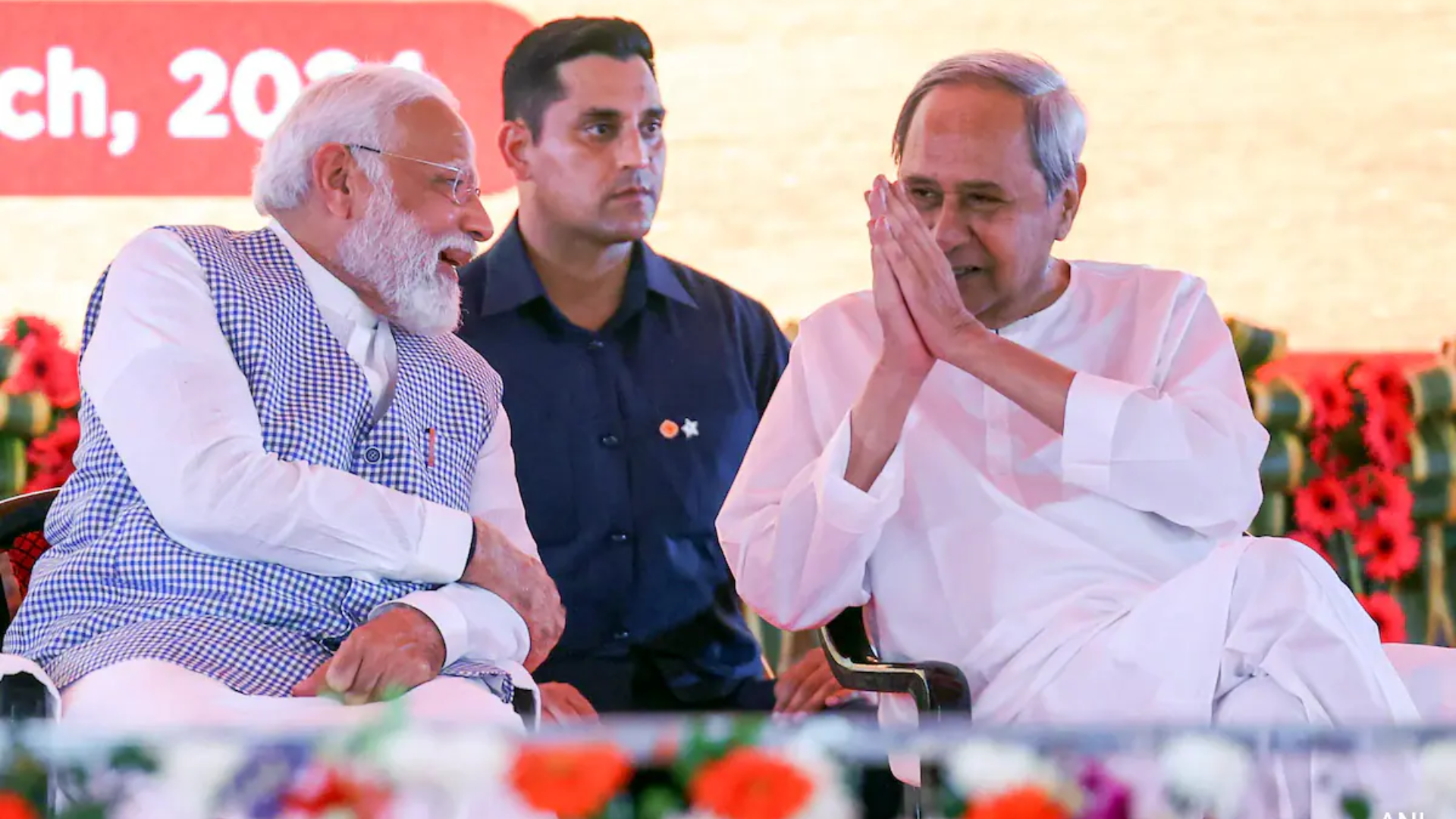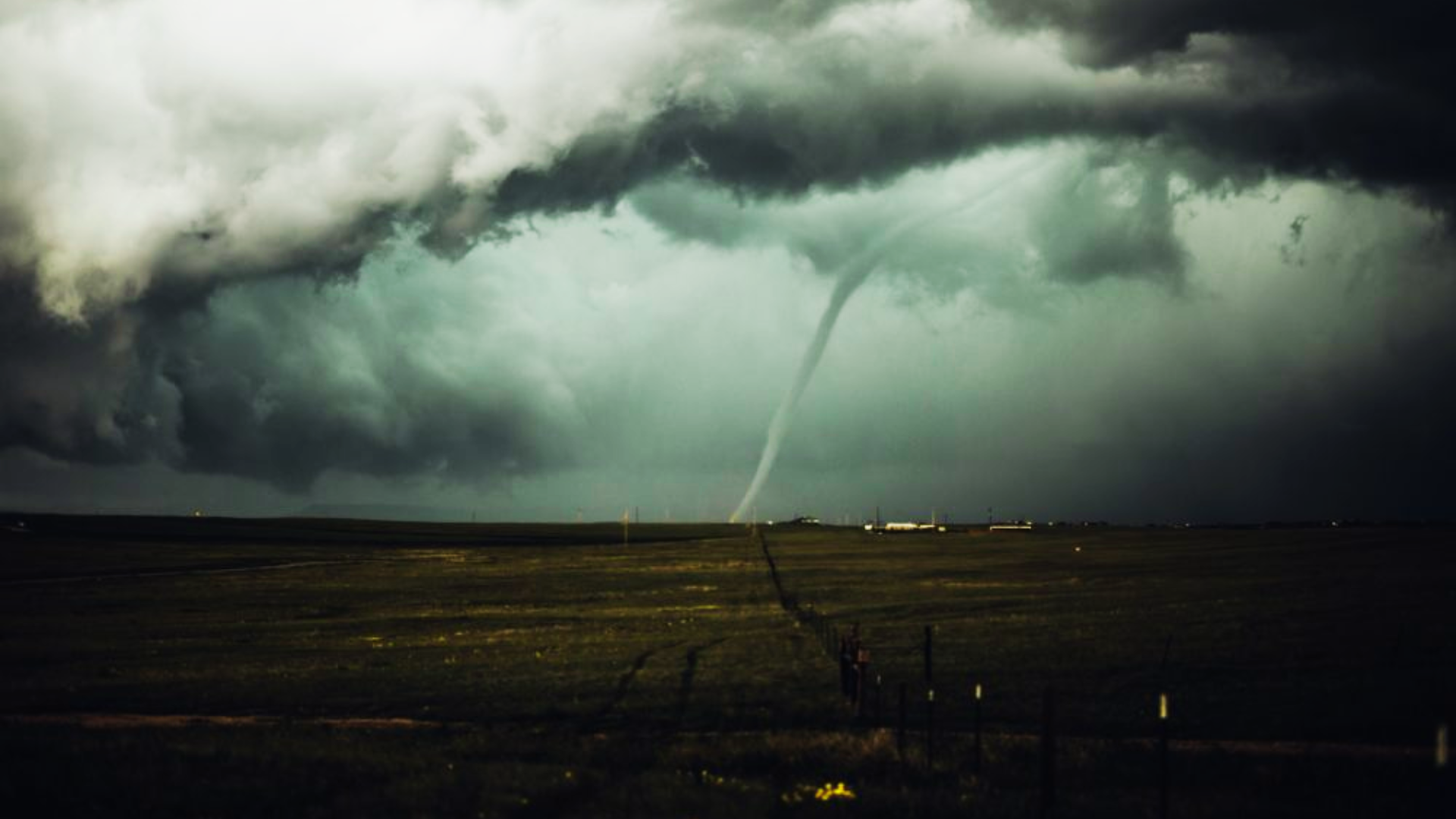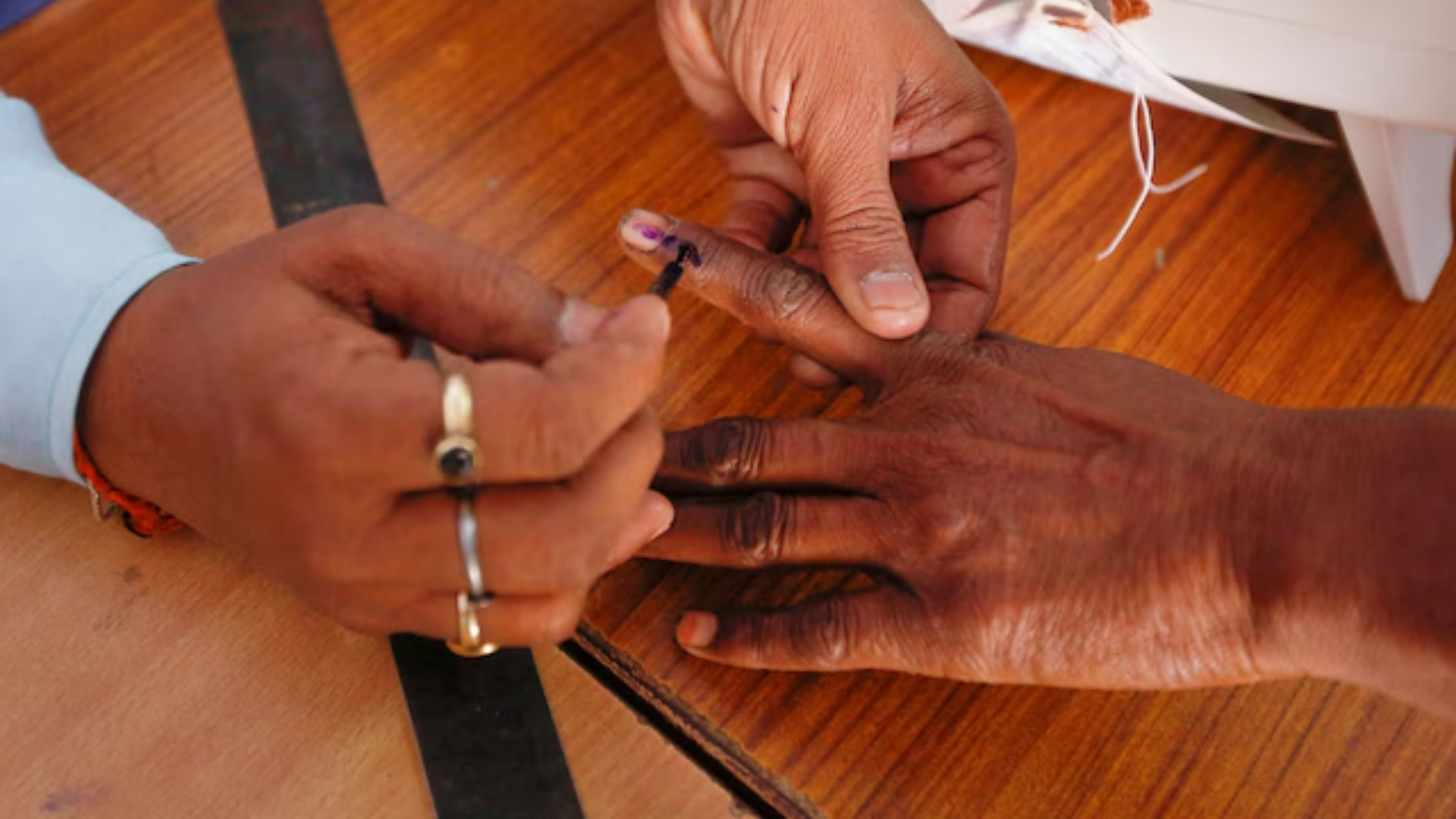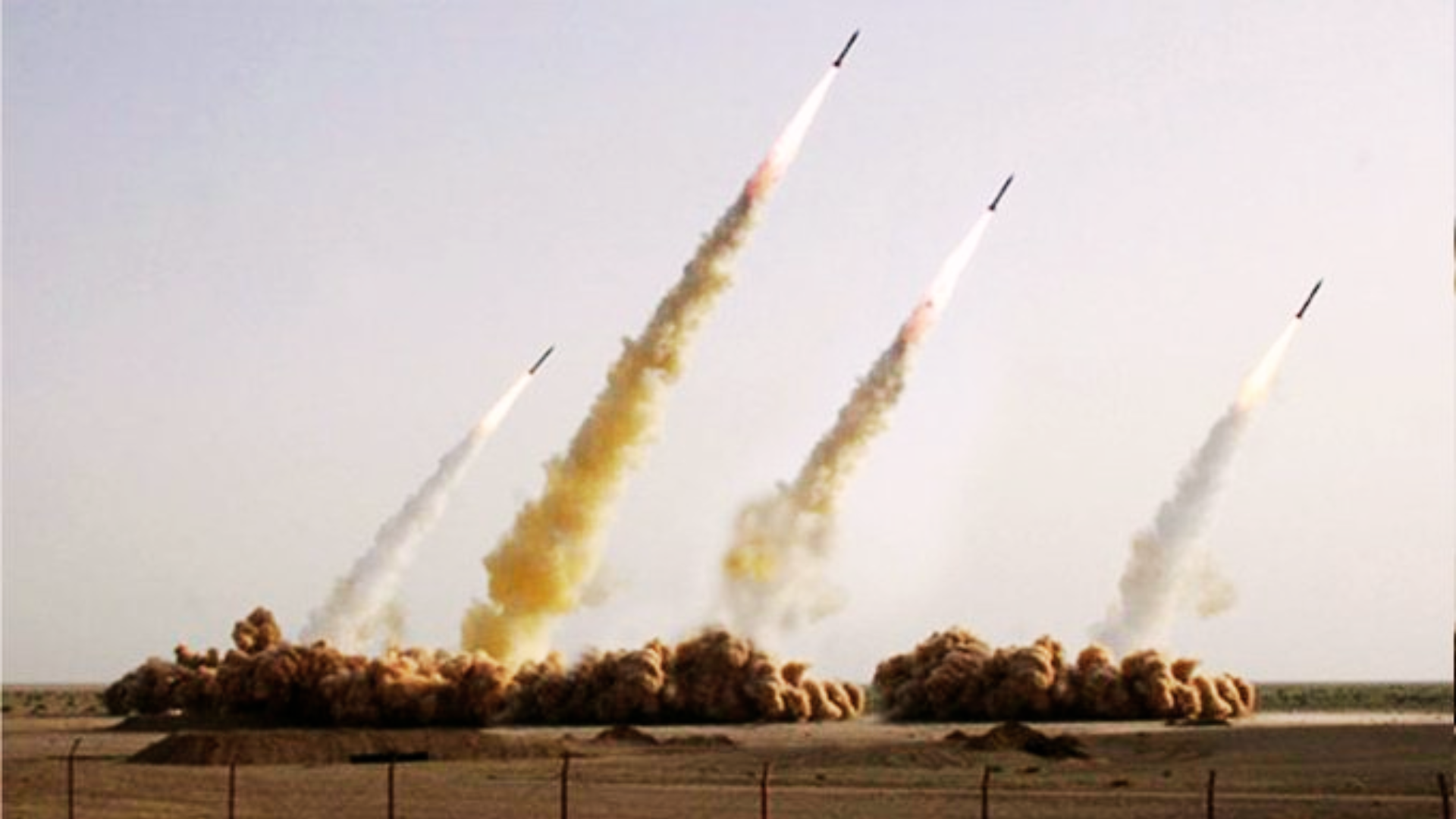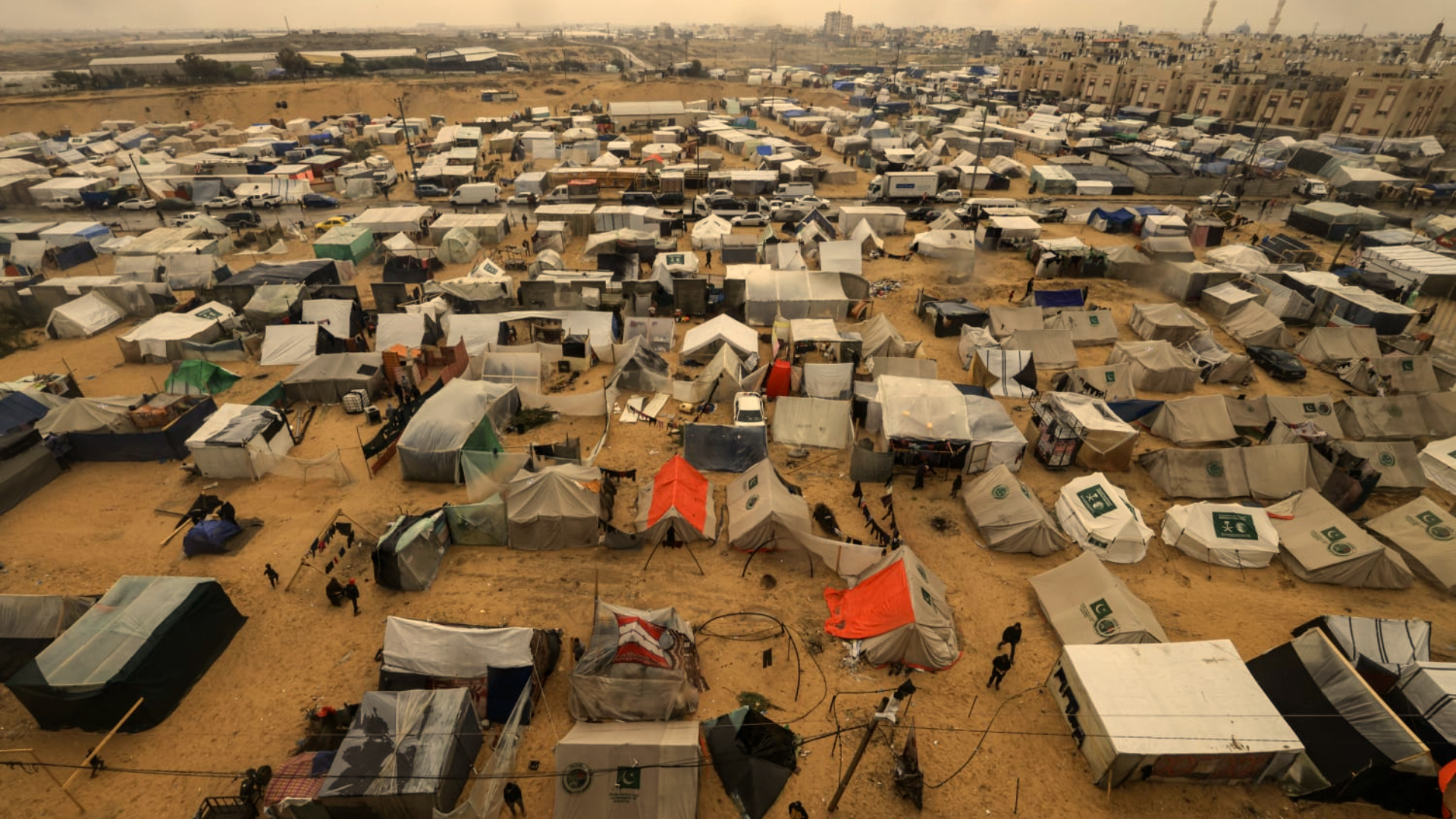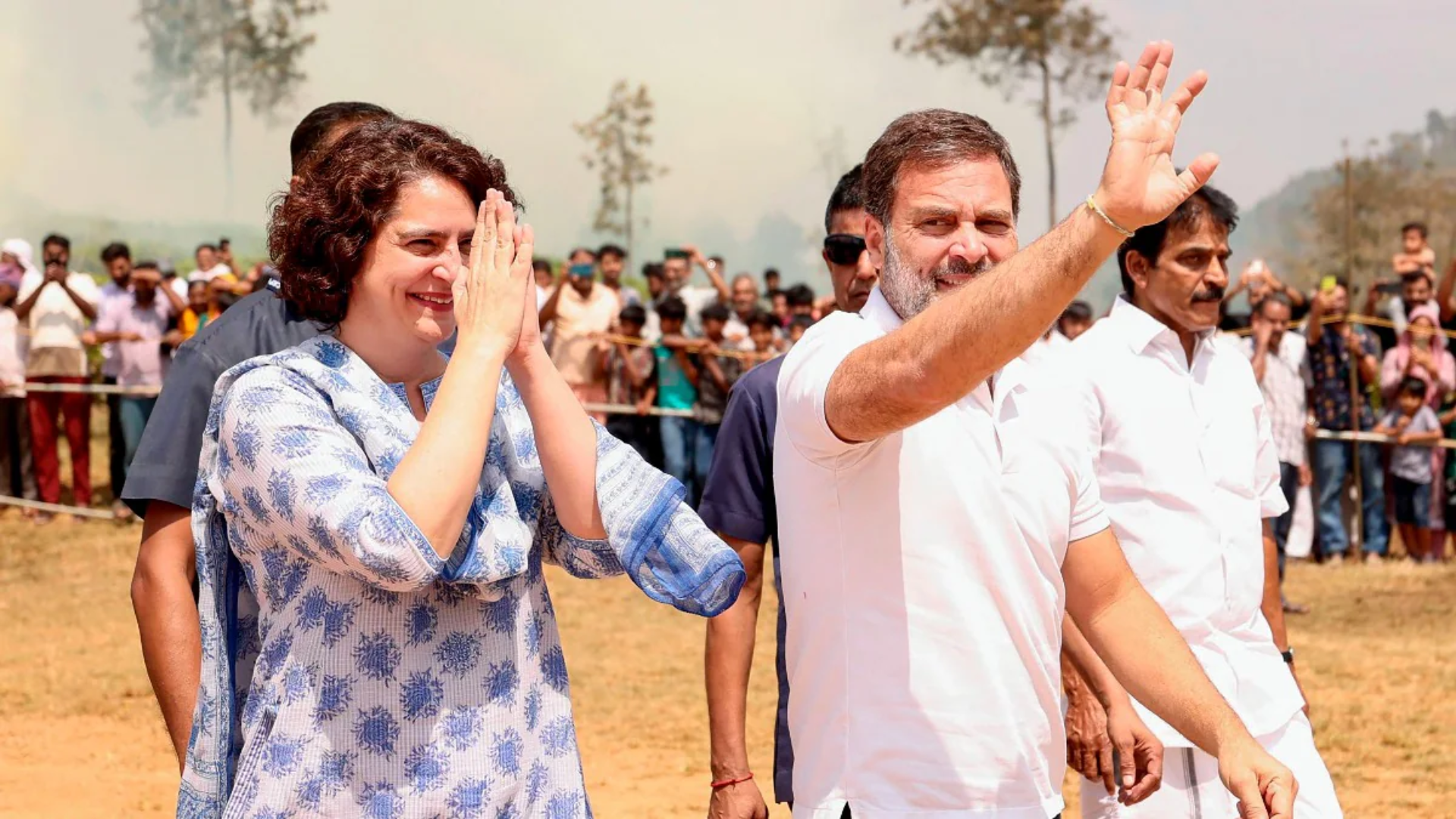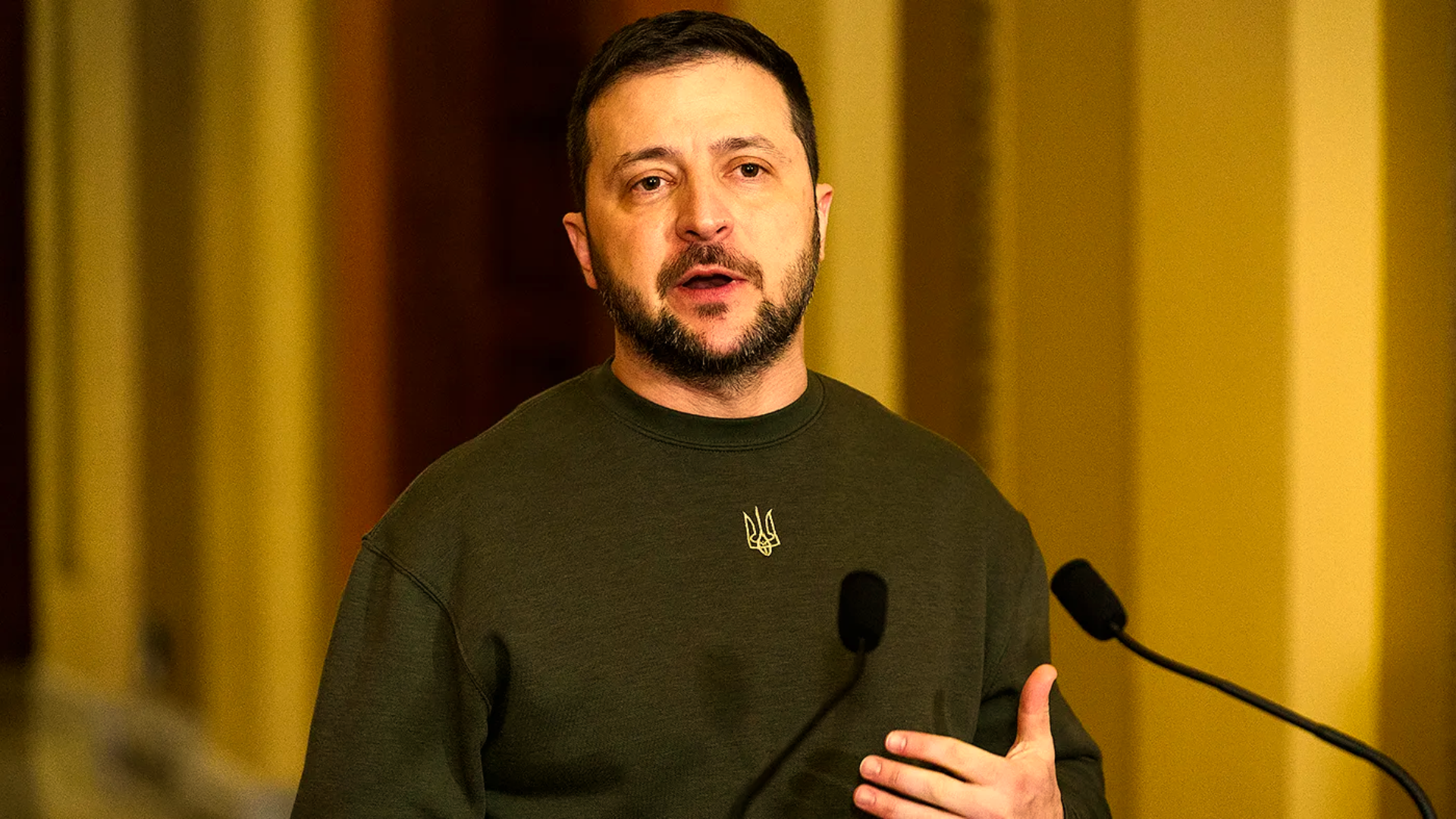



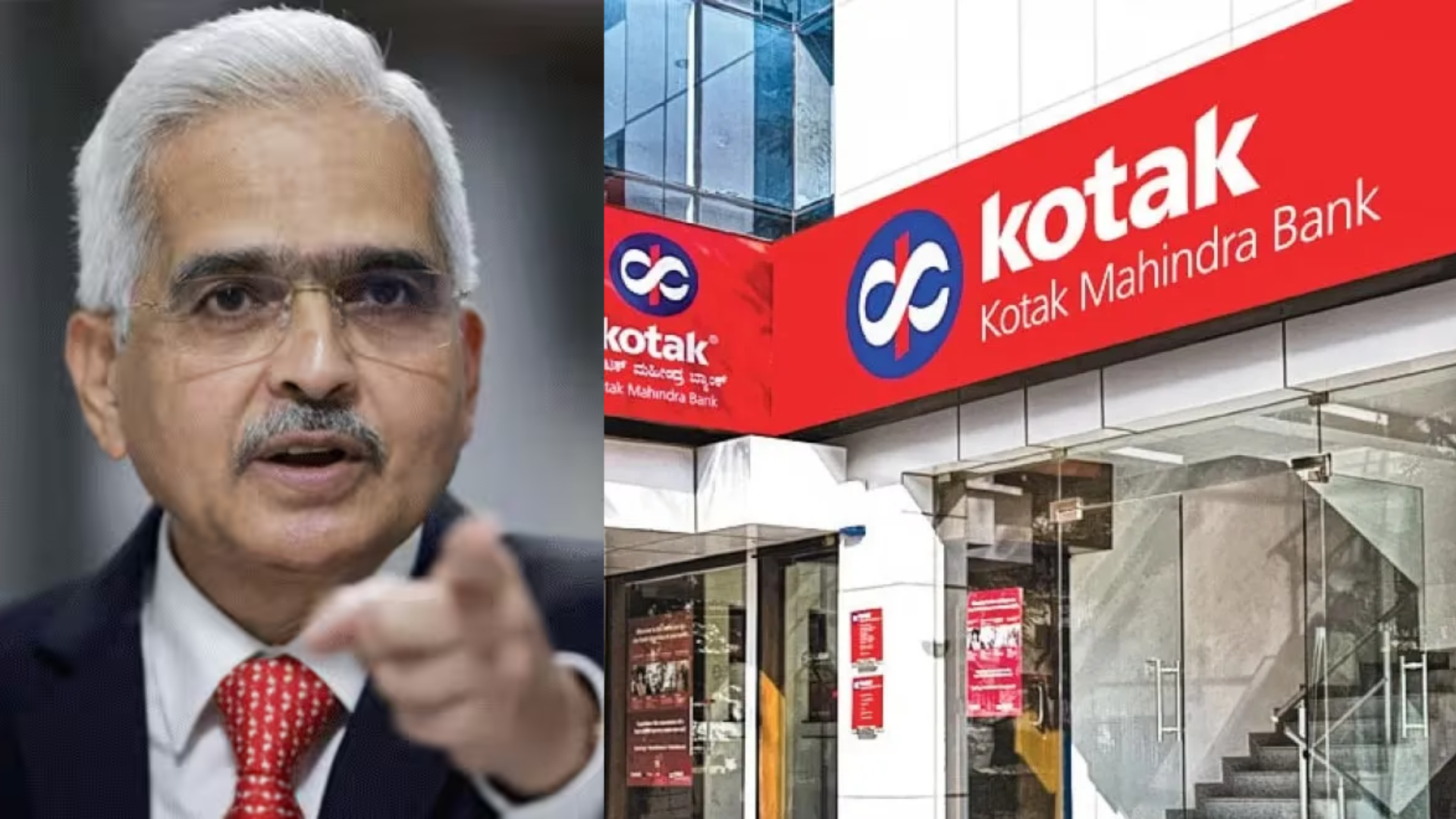
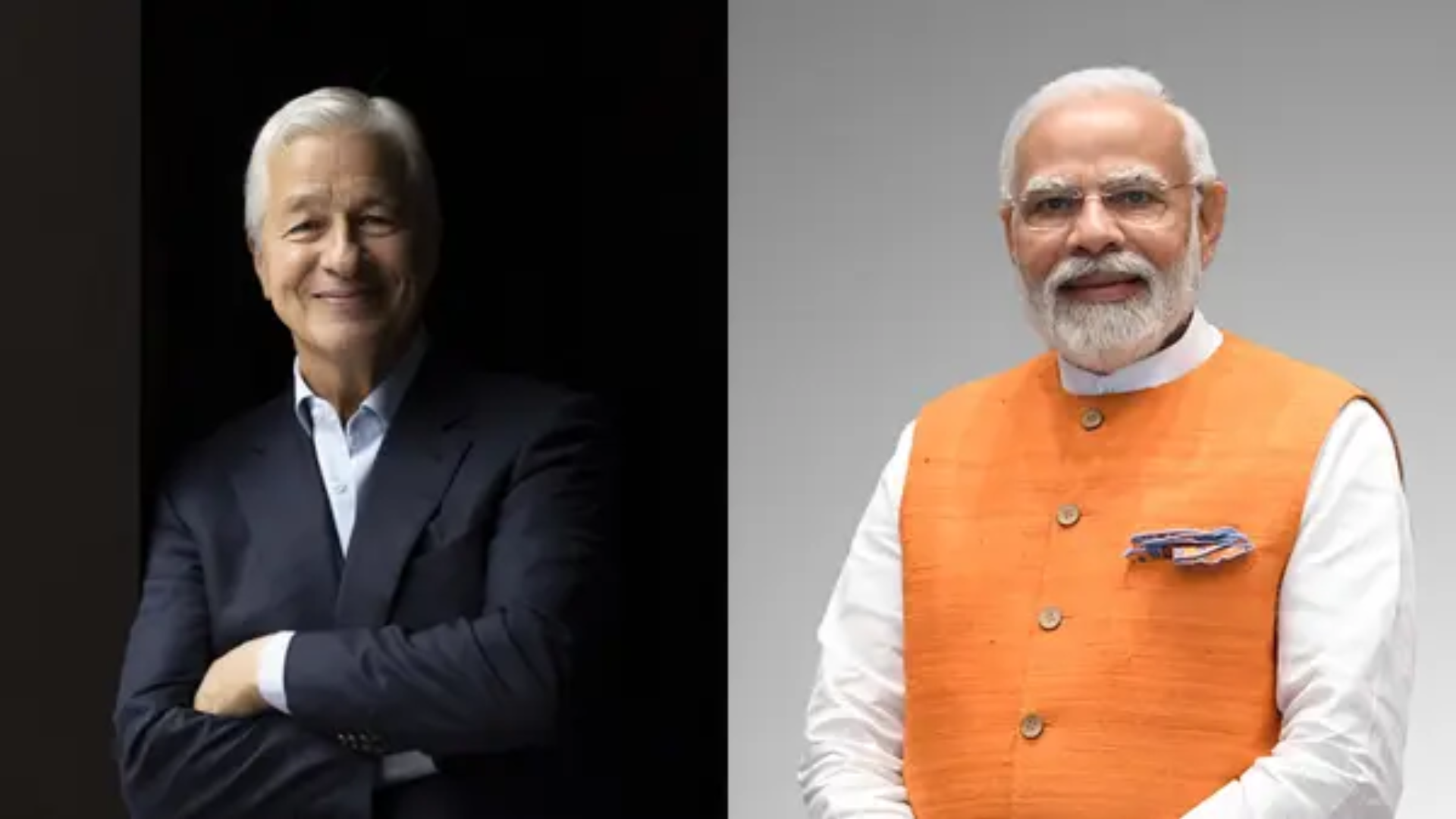
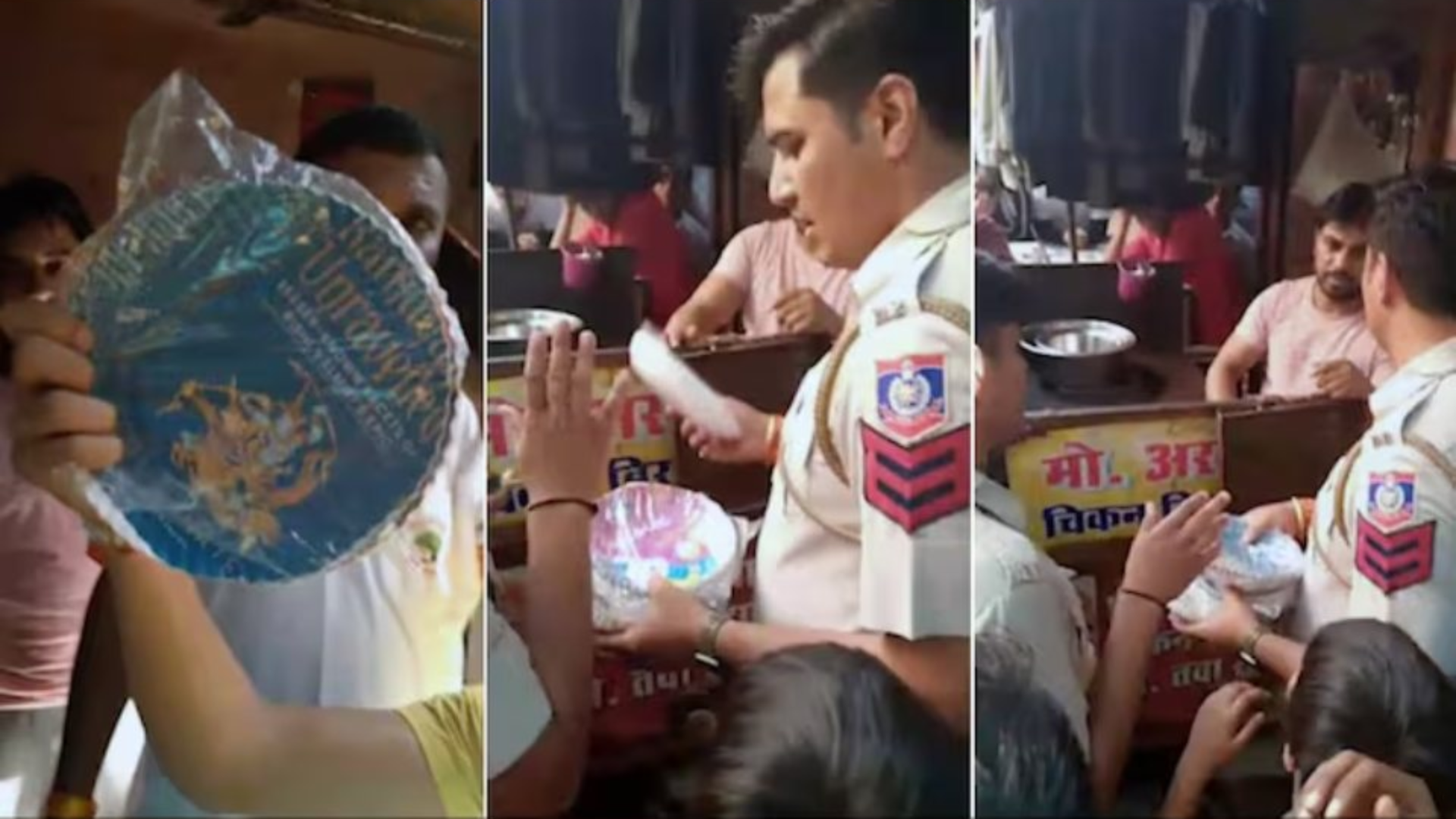
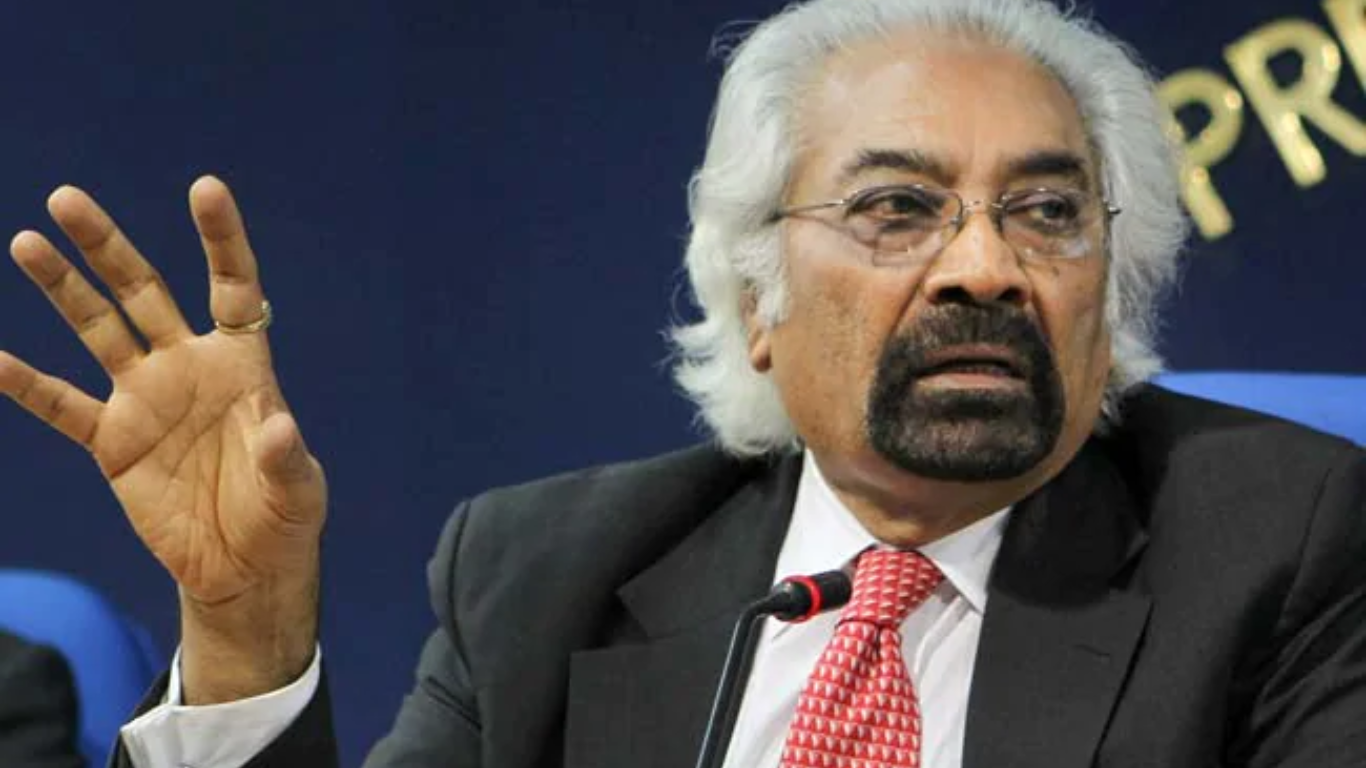

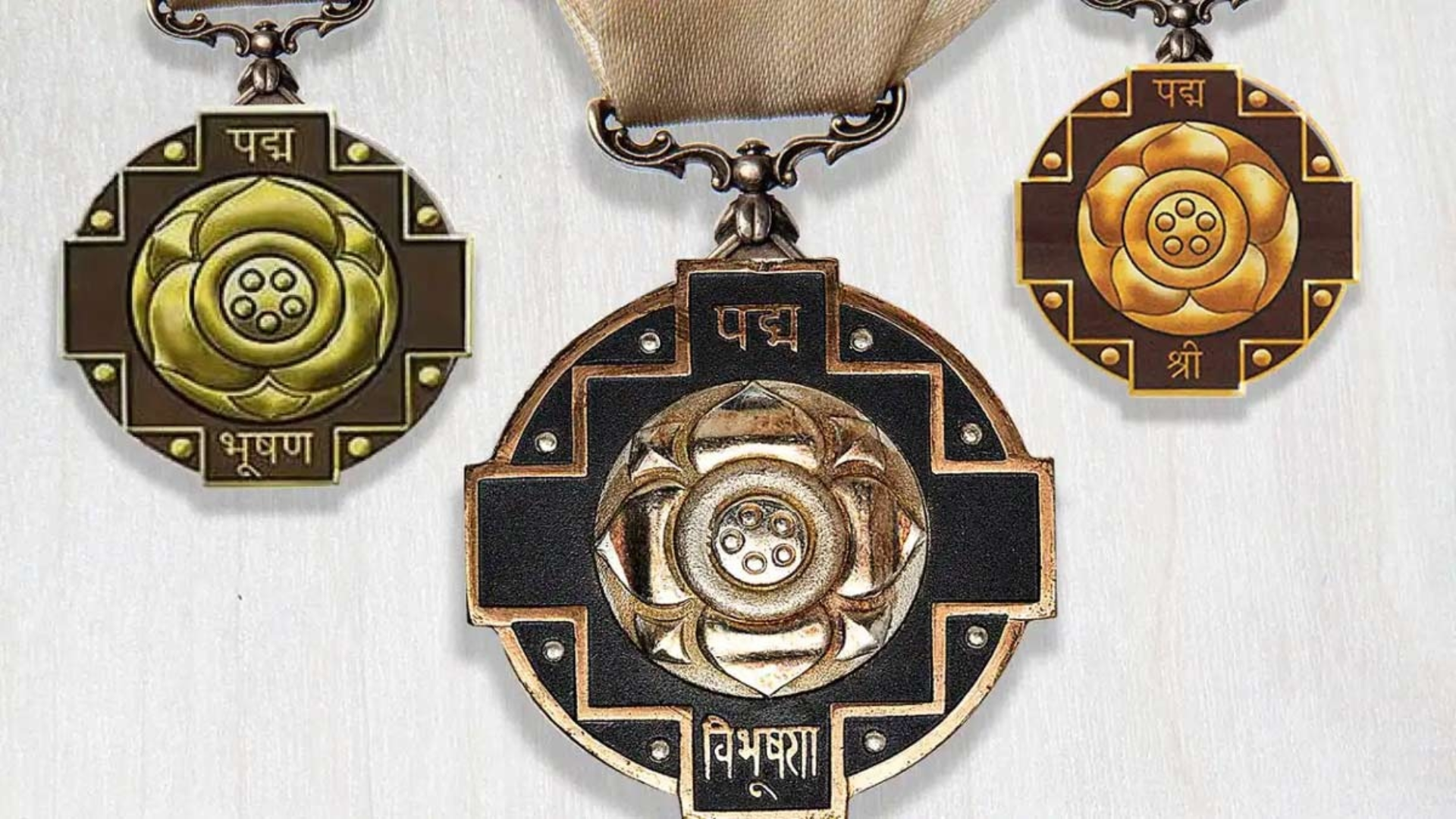
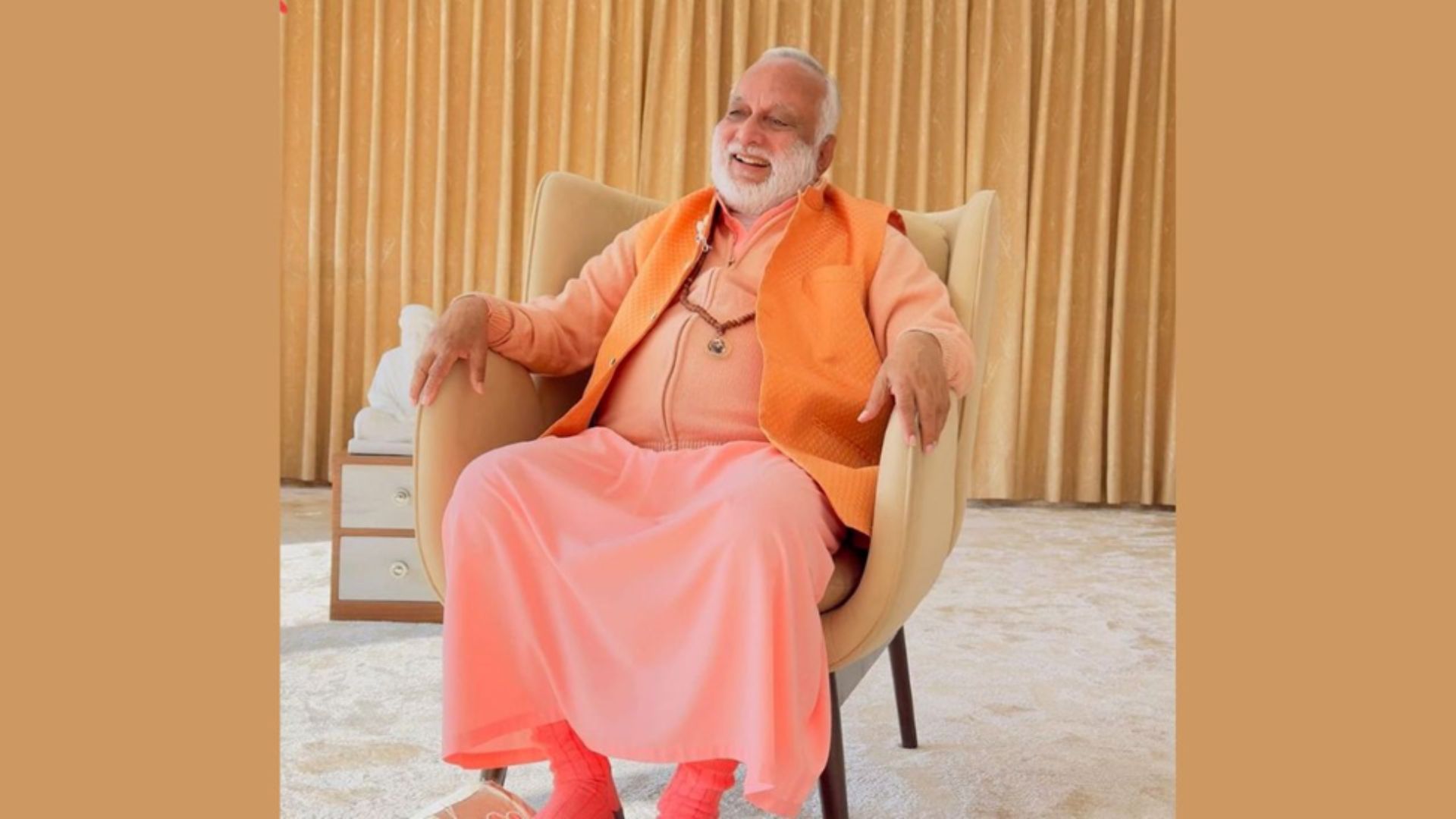
New Delhi (India), February13: On 22nd January, Ram Mandir was consecrated in Ayodhya. It became a matter of great joy and pride for millions of Hindus scattered all over the world, not only in India and Nepal. Ram devotees had to struggle for five hundred years to build that Ram temple. Born in Uzbekistan, whose father’s lineage is Temurlen’s and mother’s lineage is with Genghis Khan, Babur, who defeated the Lodi Emperor of Delhi and became Sultan, demolished the Ram Temple at the birth place of Ram and built the Babri Masjid in 1528.
A five-century-long struggle went on for the reconstruction of the Ram temple in Ayodhya, the holy place of Hindus. Thousands of people were killed in that struggle, many struggles and lawsuits went on, but the Supreme Court of India looked at all the evidence and decided to hand over the site to the Hindu Trust, making it possible to build a Ram temple in Ayodhya. In this way, Ram, who was exiled for 14 years as per the demand of Kaikeyi in Treta Yuga, was exiled for five hundred years by Baburi in Kali Yuga and on the 22nd of January, he entered home as Ram Lalla. It is possible because of the prudent Indian Prime Minister Narendra Modi’s wisdom and faith in Sanatan Dharma, otherwise it is difficult to estimate how many more years it would have taken to complete this task. Since 1885, this case of Ram Janmabhoomi and Babri Masjid has been going on in the court for about one and a half century, but finally Ram got justice. But Sita has yet to be her fair justice?
He had to go into exile for 14 years after the coronation. Sita did not agree to leave her husband and stay in the palace. Rama’s three brothers Lakshmana, Bharata and Shatrughana were married to the three daughters of Sita’s uncle. Ram reminded Sita not to go into exile with him, but Sita did not agree and went into exile with Ram. We cannot imagine how painful 14 years of exile would have be. It was certainly not like the movies and TV serials based on the Ramayana that show Ram and Sita wandering in the forest with bliss. Taking refuge in a village was considered a violation of the conditions of exile. The life of migration in the forest is a sad experience. It is difficult to avoid pest infestation and predatory animals, proper provision of food and water, avoid diseases and infections, accept the nomadic life and be content in your heart.
When we return from a pada yatra for two or three weeks, our body is not in the same state, the fatigue has spoiled the face and the body wants to return to a stable state of rest. Sita shared all the sorrows of exile with her husband. She also had to bear the humiliation of being kidnapped by Ravana during the difficult time of this exile. Despite all pressure and temptation, she did not accept Ravana’s proposal and protected her integrity by sitting under a tree in Ashoka-Vatika. That is the victory of her resolve. Even after returning from exile, she could not live comfortably in the palace. She also has to pass the fiery test of her integrity.
Sita also had to endure the humiliation of being expelled from the royal palace in the sensitive state of her pregnancy. In the name of respecting the people’s opinion, she was again expelled to the forest. Sita, who was born in Nepal, had to finally come to Valmiki’s Ashram in Nepal and take shelter during the difficult time of her pregnancy. There, she gave birth to twins Luv and Kush. The princess, who grew up happily in Janaka’s court, had to suffer tremendous hardships in the forest. She could never get rid of that pain and discomfort and could not return to the palace again. The mother earth was from which her father Shiradhwaja Janaka received Sita and again she had to take refuge in that earth and merge. Most of her life was spent in deep sorrow and discomfort.
Today Ram’s temple was built, but another Ram- Sita with Janak and Hanuman temple should also be built somewhere in the same campus.
that would have given justice to Sita, Janak, hanuman and too, but that didn’t happen either.
Two shaligram stones weighing 16 and 14 tons was gifted from Nepal to make the idol of Ram and Sita. It was envisioned that a statue of Ram- Sita would be made from it, but that did not happen.
After having darshan of Krishna in Vrindavan, we go to Barsana to have darshan of Radha. Barsana is the village of Radha. There are two huge beautiful temples of Radha. Thousands of devotees visit Barsana every day to visit the temple. Krishna’s darshan is not complete until Radha’s darshan is done as well. Every time I go to Vrindavan, I also go to Barsana.
Similarly, this holy journey of Ayodhya is considered to be complete only after seeing Sita’s birth place, Janakpurdham. The temple of Sita in Janakpur is like the Barsana of Radha for Sita. There is not much distance between Ayodhya and Janakpur. The direct distance is 372 km, while the highway distance is 434 km, the railway distance is only 462 km. It around 5-hour journey in India where superfast trains and world class highways are available. Pilgrims if they want can return in the same day. A grand railway station has been built in Ayodhya, as well as a grand Maharishi Valmiki International Airport. Ayodhya has now become an international city. There is a plan by the Government of India to build a completely alternative solar energy-based city with five-star hotels as well as international facilities. After some time, it is estimated that 100,000 to 150,000 religious tourists, pilgrims and devotees will reach Ayodhya every single day. It is estimated that around 40 million religious tourists visit Ayodhya annually. While the temple was still under construction, 22.1 million people visited Ayodhya in 2023. After the construction of Ram Temple, Hindus living in Nepal, India and many other countries will reach Ayodhya and this number will increase significantly.
Ayodhya has been rejuvenated and with the same liberal vision, Janakpur dham, the birthplace of Sita, and Valmiki Ashram, where Sita took Bhoomi samadhi, should also get justice. This will give a big boost to the growth of religious tourism in the area. Janakpur also needs to be modernized to receive the international tourism.
Valmiki’s ashram, where Sita gave birth to Luv and Kush and eventually took Bhoomisamadhi, is now like an open prison. That area is in dense forest, inside Nepal, near the india-Nepal border. In the 21st century there is no cellular network , no electricity, no water supply, and no road connection. There is fear of freely moving wild animals. There is no place there to even rest for few hours. After visiting there, one has no choice even to stay back for a few hours. On the other hand, in Valmiki Nagar, the Bihar government has spent billions of rupees and has built an international auditorium and modern, convenient hotels.
After 500 years Rama got justice, Sita is still waiting for it. Rama devotees made great sacrifices to bring justice to Rama. Sanatanis have to make similar sacrifices and struggles to bring justice to Sita. I strongly request the Ram devotees of Nepal and India to strongly raise this issue before the government of Nepal and India. Seeing the plight of Valmiki’s Ashram, tears fell from my eyes. People have to live there with latin and candle lit. There is no proper toilet and drinking water arrangements. The government of Nepal should immediately provide electricity, internet and road access. If you reach there from the Indian side, you have to cross the bridge from India, leave the vehicle and enter the forest on foot. After years of struggle, finally a suspension bridge was built from Nepal side, Trivani ghat. Although, the bridge has been built, but the Nepalese forest department is not allowing it to be used. If that bridge had been operational, it would have been possible to cross the river from Trivenighat and reach Valmiki Ashram in few minutes. There would have been no need to face the hassles of border posts and customs. By driving small electric vehicles at a distance of about three km from the edge of the bridge, tourists could be conveniently transported to that area within minutes. Since no one has any interest or eagerness to complete even such a small task, one has to walk through the thick forest from the border of India, facing a lot of problems. During the rainy season, when the water in the river rises, it is dangerous to reach it by walking.
Therefore, it’s time that Janakpurdham, the holy place where Princess Sita of Nepal was born, and Valmiki’s Ashram where Sita took Bhoomi samadhi, should now get justice like Ayodhya.
Janakpur could be reached in 30 minutes by air from Ayodhya. As done in Ayodhya, Janakpur’s runway should be extended so that it can handle international flights and the airport should be upgraded immediately. So, let’s connect Janakpur and Ayodhya by modern air, rail and road. Ram got justice, Sita is waiting for justice as well. I humbly request all Ram devotees to raise this matter with the government of both, Nepal and India.

